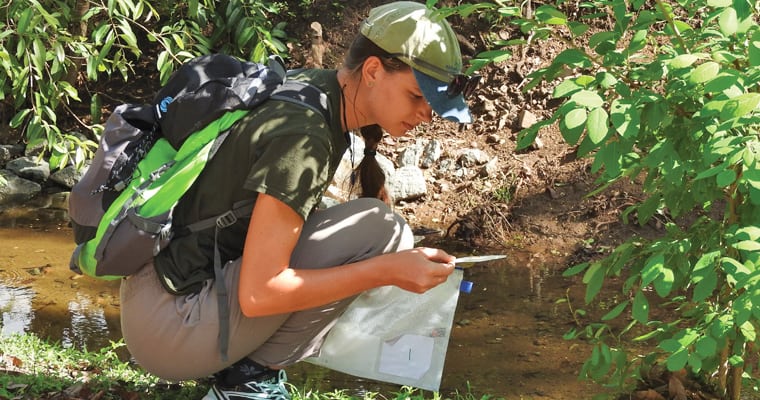
Community urged to join fight against yellow crazy ants in Nome
Keeping a lid on the spread of yellow crazy ants in Nome near Townsville is vital work that needs the help of the local community.

Keeping a lid on the spread of yellow crazy ants in Nome near Townsville is vital work that needs the help of the local community.
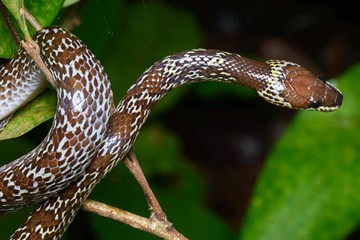
Australia’s native lizards and snakes at huge risk from a slew of weeds, foxes, cats, feral deer, wolf snakes and other pest species.
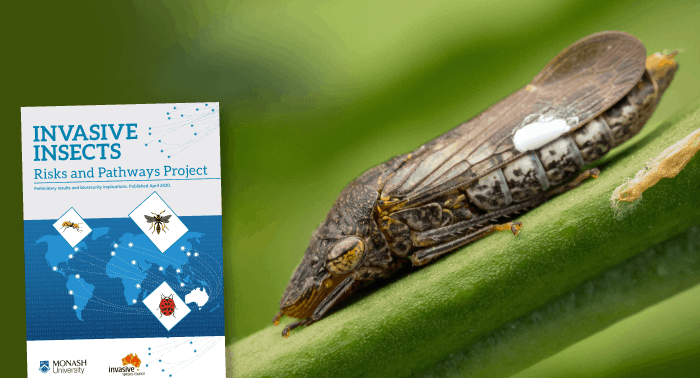
Our joint report with Monash University reveals environmentally destructive ants, bees and wasps could be hitching a ride into Australia on an international bug superhighway.
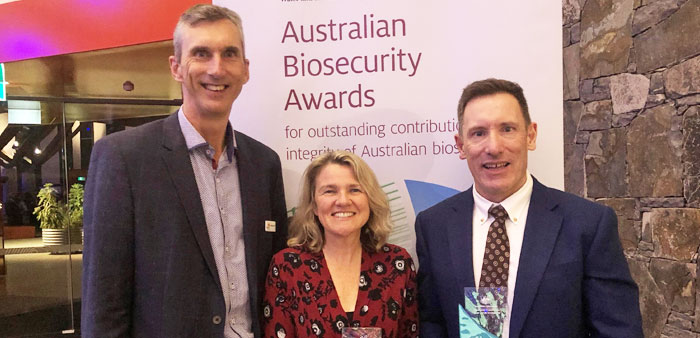
Fast action to eradicate yellow crazy ants from Lismore has been recognised at this year’s Australian Biosecurity Awards.

A prolific stinging ant from South America that kills wildlife, stings people, pets and livestock, and causes many social and economic problems.

Our project to help eradicate yellow crazy ants from northern Queensland is in the running for an Australian Ethical community grant.

A highly invasive ant whose dense supercolonies dominate landscapes ecologically, displacing other insects and preying on small vertebrates as well.
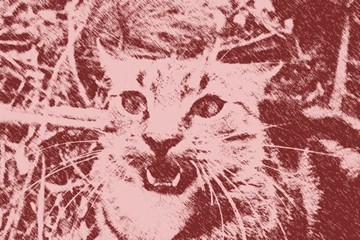
Our Work Invasive species include pest animals like feral cats and foxes, introduced marine pests, weeds, diseases, fungi and parasites, as well as insects from

An Asian honeybee established around Cairns that will compete with native pollinating insects and birds if it spreads widely.

A North American bee that competes with native bees and birds for nectar, and benefits weeds by pollinating their flowers.

A large Asian honeybee the giant honeybee will compete with native pollinating insects and birds.

You can join others calling on your local MP for change. Write a personal email to your local MP, asking them to call on Minister Tanya Plibersek for dedicated funds of at least $88 million over the next four years to implement the feral cat plan.

These documents, made public by the Invasive Species Council, outline the Queensland government’s fire ant eradication budget & work plan.

Ever wondered what bugs are living in your garden or hanging out on a hike? Join the Bug Hunt now to discover all of our awesome native bugs, and a few non-native ones that we want to protect our communities from.

A European bee, found in Tasmania but not on mainland Australia, it competes with native bees and birds for nectar, and benefits weeds by pollinating their flowers.

Keeping a lid on the spread of yellow crazy ants in Nome near Townsville is vital work that needs the help of the local community.

Australia’s native lizards and snakes at huge risk from a slew of weeds, foxes, cats, feral deer, wolf snakes and other pest species.

Our joint report with Monash University reveals environmentally destructive ants, bees and wasps could be hitching a ride into Australia on an international bug superhighway.

Fast action to eradicate yellow crazy ants from Lismore has been recognised at this year’s Australian Biosecurity Awards.

A prolific stinging ant from South America that kills wildlife, stings people, pets and livestock, and causes many social and economic problems.

Our project to help eradicate yellow crazy ants from northern Queensland is in the running for an Australian Ethical community grant.

A highly invasive ant whose dense supercolonies dominate landscapes ecologically, displacing other insects and preying on small vertebrates as well.

Our Work Invasive species include pest animals like feral cats and foxes, introduced marine pests, weeds, diseases, fungi and parasites, as well as insects from

An Asian honeybee established around Cairns that will compete with native pollinating insects and birds if it spreads widely.

A North American bee that competes with native bees and birds for nectar, and benefits weeds by pollinating their flowers.

A large Asian honeybee the giant honeybee will compete with native pollinating insects and birds.

You can join others calling on your local MP for change. Write a personal email to your local MP, asking them to call on Minister Tanya Plibersek for dedicated funds of at least $88 million over the next four years to implement the feral cat plan.

These documents, made public by the Invasive Species Council, outline the Queensland government’s fire ant eradication budget & work plan.

Ever wondered what bugs are living in your garden or hanging out on a hike? Join the Bug Hunt now to discover all of our awesome native bugs, and a few non-native ones that we want to protect our communities from.

A European bee, found in Tasmania but not on mainland Australia, it competes with native bees and birds for nectar, and benefits weeds by pollinating their flowers.

Keeping a lid on the spread of yellow crazy ants in Nome near Townsville is vital work that needs the help of the local community.

Australia’s native lizards and snakes at huge risk from a slew of weeds, foxes, cats, feral deer, wolf snakes and other pest species.

Our joint report with Monash University reveals environmentally destructive ants, bees and wasps could be hitching a ride into Australia on an international bug superhighway.

Fast action to eradicate yellow crazy ants from Lismore has been recognised at this year’s Australian Biosecurity Awards.

A prolific stinging ant from South America that kills wildlife, stings people, pets and livestock, and causes many social and economic problems.

Our project to help eradicate yellow crazy ants from northern Queensland is in the running for an Australian Ethical community grant.

A highly invasive ant whose dense supercolonies dominate landscapes ecologically, displacing other insects and preying on small vertebrates as well.

Our Work Invasive species include pest animals like feral cats and foxes, introduced marine pests, weeds, diseases, fungi and parasites, as well as insects from

An Asian honeybee established around Cairns that will compete with native pollinating insects and birds if it spreads widely.

A North American bee that competes with native bees and birds for nectar, and benefits weeds by pollinating their flowers.

A large Asian honeybee the giant honeybee will compete with native pollinating insects and birds.

You can join others calling on your local MP for change. Write a personal email to your local MP, asking them to call on Minister Tanya Plibersek for dedicated funds of at least $88 million over the next four years to implement the feral cat plan.

These documents, made public by the Invasive Species Council, outline the Queensland government’s fire ant eradication budget & work plan.

Ever wondered what bugs are living in your garden or hanging out on a hike? Join the Bug Hunt now to discover all of our awesome native bugs, and a few non-native ones that we want to protect our communities from.

A European bee, found in Tasmania but not on mainland Australia, it competes with native bees and birds for nectar, and benefits weeds by pollinating their flowers.
Get our blog the Feral Herald delivered to your inbox.
The Invasive Species Council was formed in 2002 to seek stronger laws, policies and programs to protect nature from harmful pests, weeds and diseases.
The Invasive Species Council acknowledges the Traditional Custodians throughout Australia and their connections to land and sea. We pay our respect to their Elders past and present and extend that respect to all Aboriginal and Torres Strait Islander peoples today.
Our protected areas are being trashed, trampled, choked and polluted by an onslaught of invaders. Invasive species are already the overwhelming driver of our animal extinction rate, and are expected to cause 75 of the next 100 extinctions.
But you can help to turn this around and create a wildlife revival in Australia.
From numbats to night parrots, a tax-deductible donation today can help defend our wildlife against the threat of invasive weeds, predators, and diseases.
As the only national advocacy environment group dedicated to stopping this mega threat, your gift will make a big difference.
A silent crisis is unfolding across Australia. Every year, billions of native animals are hunted and killed by cats and foxes. Fire ants continue to spread and threaten human health. And the deadly strain of bird flu looms on the horizon. Your donation today will be used to put the invasive species threat in the media, make invasive species a government priority, ensure governments take rapid action to protect nature and our remarkable native wildlife from invasives-led extinction, death and destruction.
If you are having trouble submitting a form, please read this guide.
Please fill out the following form and one of our team will be in contact to assist as soon as possible. Please make sure to include any helpful information, such as the device you were using (computer, tablet or mobile phone) and if known, your browser (Mozilla Firefox, Chrome, Safari etc)
"*" indicates required fields
Dear Project Team,
[YOUR PERSONALISED MESSAGE WILL APPEAR HERE.]
I support the amendment to the Kosciuszko National Park Wild Horse Heritage Management Plan to allow our incredible National Parks staff to use aerial shooting as one method to rapidly reduce feral horse numbers. I want to see feral horse numbers urgently reduced in order to save the national park and our native wildlife that live there.
The current approach is not solving the problem. Feral horse numbers have rapidly increased in Kosciuszko National Park to around 18,000, a 30% jump in just the past 2 years. With the population so high, thousands of feral horses need to be removed annually to reduce numbers and stop our National Park becoming a horse paddock. Aerial shooting, undertaken humanely and safely by professionals using standard protocols, is the only way this can happen.
The government’s own management plan for feral horses states that ‘if undertaken in accordance with best practice, aerial shooting can have the lowest negative animal welfare impacts of all lethal control methods’.
This humane and effective practice is already used across Australia to manage hundreds of thousands of feral animals like horses, deer, pigs, and goats.
Trapping and rehoming of feral horses has been used in Kosciuszko National Park for well over a decade but has consistently failed to reduce the population, has delayed meaningful action and is expensive. There are too many feral horses in the Alps and not enough demand for rehoming for it to be relied upon for the reduction of the population.
Fertility control as a management tool is only effective for a small, geographically isolated, and accessible population of feral horses where the management outcome sought is to maintain the population at its current size. It is not a viable option to reduce the large and growing feral horse population in the vast and rugged terrain of Kosciuszko National Park.
Feral horses are trashing and trampling our sensitive alpine ecosystems and streams, causing the decline and extinction of native animals. The federal government’s Threatened Species Scientific Committee has stated that feral horses ‘may be the crucial factor that causes final extinction’ for 12 alpine species.
I recognise the sad reality that urgent and humane measures are necessary to urgently remove the horses or they will destroy the Snowies and the native wildlife that call the mountains home. I support a healthy national park where native species like the Corroboree Frog and Mountain Pygmy Possum can thrive.
Dear Project Team,
[YOUR PERSONALISED MESSAGE WILL APPEAR HERE.]
I support the amendment to the Kosciuszko National Park Wild Horse Heritage Management Plan to allow our incredible National Parks staff to use aerial shooting as one method to rapidly reduce feral horse numbers. I want to see feral horse numbers urgently reduced in order to save the national park and our native wildlife that live there.
The current approach is not solving the problem. Feral horse numbers have rapidly increased in Kosciuszko National Park to around 18,000, a 30% jump in just the past 2 years. With the population so high, thousands of feral horses need to be removed annually to reduce numbers and stop our National Park becoming a horse paddock. Aerial shooting, undertaken humanely and safely by professionals using standard protocols, is the only way this can happen.
The government’s own management plan for feral horses states that ‘if undertaken in accordance with best practice, aerial shooting can have the lowest negative animal welfare impacts of all lethal control methods’.
This humane and effective practice is already used across Australia to manage hundreds of thousands of feral animals like horses, deer, pigs, and goats.
Trapping and rehoming of feral horses has been used in Kosciuszko National Park for well over a decade but has consistently failed to reduce the population, has delayed meaningful action and is expensive. There are too many feral horses in the Alps and not enough demand for rehoming for it to be relied upon for the reduction of the population.
Fertility control as a management tool is only effective for a small, geographically isolated, and accessible population of feral horses where the management outcome sought is to maintain the population at its current size. It is not a viable option to reduce the large and growing feral horse population in the vast and rugged terrain of Kosciuszko National Park.
Feral horses are trashing and trampling our sensitive alpine ecosystems and streams, causing the decline and extinction of native animals. The federal government’s Threatened Species Scientific Committee has stated that feral horses ‘may be the crucial factor that causes final extinction’ for 12 alpine species.
I recognise the sad reality that urgent and humane measures are necessary to urgently remove the horses or they will destroy the Snowies and the native wildlife that call the mountains home. I support a healthy national park where native species like the Corroboree Frog and Mountain Pygmy Possum can thrive.